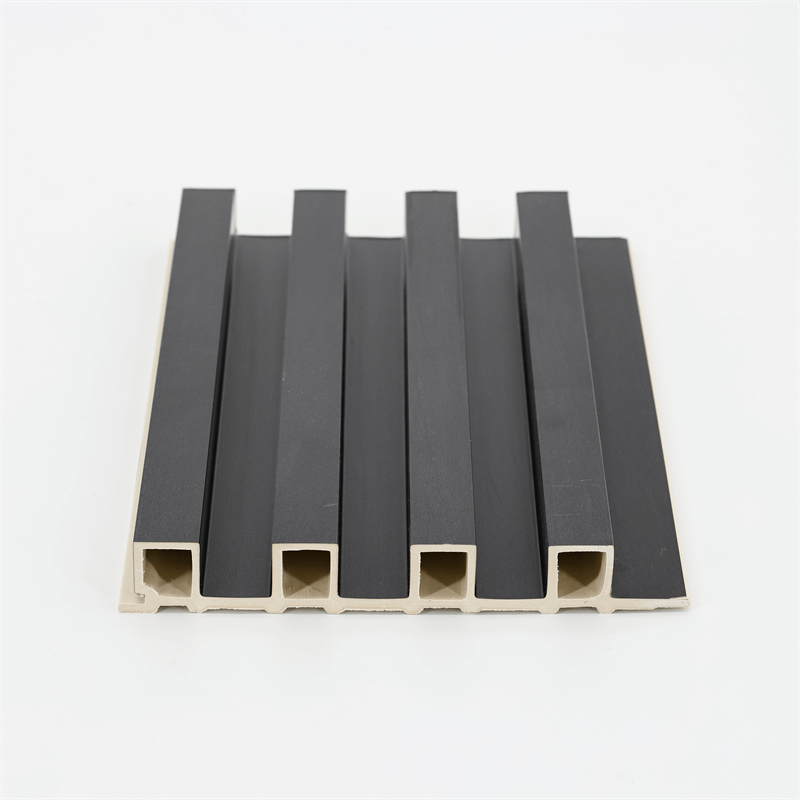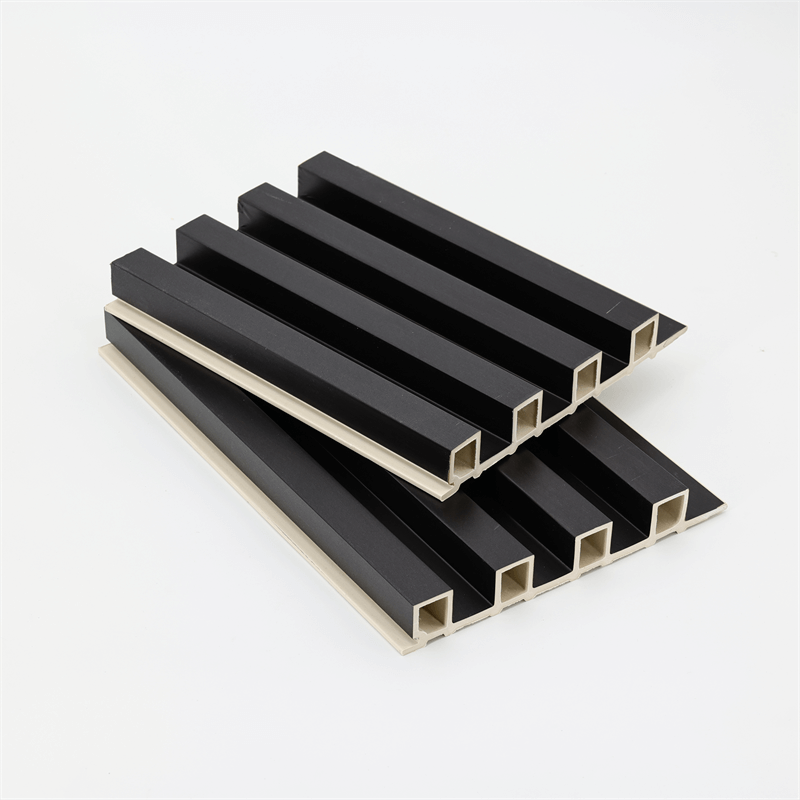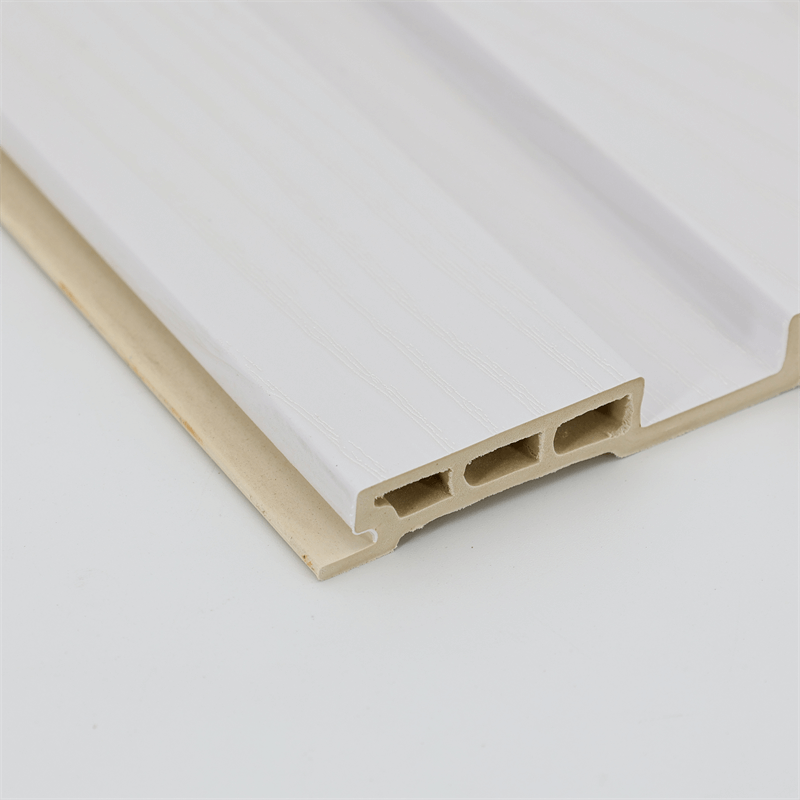In today’s world, sustainability has become a paramount concern in various industries, including interior design and construction.
As we strive to minimize our environmental impact and promote responsible practices, the use of eco-friendly materials is gaining momentum.
When it comes to wall panels, WPC (Wood-Plastic Composite) panels offer a sustainable choice that combines functionality, aesthetics, and environmental responsibility.
In this essay, we will explore the concept of eco-friendly WPC wall panels, their benefits, their production process, and the positive impact they have on the environment.
I. The Benefits of Eco-Friendly WPC Wall Panels
Choosing eco-friendly WPC wall panels brings numerous benefits, both for the environment and for the occupants of the space.
These panels are made from a combination of wood fibers and recycled plastic, diverting waste from landfills and reducing the demand for virgin materials.
By opting for eco-friendly materials, you contribute to the conservation of natural resources and the reduction of environmental pollution.
WPC panels are also known for their durability and longevity. Unlike traditional wall materials, such as paint or wallpaper, WPC panels are resistant to scratches, stains, and fading.
This means they require less frequent replacement, reducing waste and the need for constant renovations.
Investing in durable WPC panels allows for long-term use and reduces the environmental footprint associated with frequent material replacements.
Additionally, WPC wall panels are low-maintenance, requiring minimal effort to keep them clean and in good condition.
Regular dusting and occasional wiping with a mild detergent and water are sufficient to maintain their aesthetic appeal.
This ease of maintenance contributes to a more sustainable lifestyle by reducing the use of harsh chemicals and excessive water consumption.
II. The Production Process of Eco-Friendly WPC Wall Panels
The production of eco-friendly WPC wall panels follows a process that prioritizes sustainability and resource efficiency.
The panels are typically made from a combination of recycled wood fibers and post-consumer plastic waste, such as recycled bottles or packaging materials.
These materials are processed and combined with additives, such as stabilizers and pigments, to create the WPC composite.
During the production process, energy-efficient techniques are employed to minimize energy consumption and reduce carbon emissions.
Advanced manufacturing technologies are used to ensure precise sizing and shaping of the panels, minimizing waste and optimizing material usage.
The production facilities often implement waste management systems to responsibly handle any byproducts or scraps generated during the manufacturing process.
III. The Positive Impact on the Environment
The use of eco-friendly WPC wall panels has a positive impact on the environment across various aspects.
Firstly, the utilization of recycled materials reduces the amount of waste sent to landfills and helps to conserve natural resources.
By diverting wood fibers and plastic waste from the waste stream, the demand for virgin resources, such as timber and petroleum-based plastics, is reduced.
Additionally, the production of WPC panels requires less energy compared to the manufacturing of traditional wall materials.
Energy-efficient processes and machinery are used to minimize the carbon footprint associated with production.
This contributes to the reduction of greenhouse gas emissions, helping to combat climate change.
Furthermore, the durability of WPC panels reduces the need for frequent replacements and renovations.
This not only saves resources but also reduces the environmental impact associated with the extraction, production, and transportation of new materials.
By choosing long-lasting WPC panels, you contribute to a more sustainable and circular economy.
IV. Embracing a Sustainable Lifestyle
Embracing eco-friendly WPC wall panels as part of your interior design choices aligns with a broader sustainable lifestyle.
By consciously selecting environmentally responsible materials, you become an active participant in creating a greener future.
Your choices influence market demand and encourage the development and availability of more sustainable options.
Furthermore, the use of eco-friendly materials creates a healthier indoor environment for occupants.
WPC panels are free from harmful chemicals such as volatile organic compounds (VOCs), which can be released from certain paints or wall coverings.
This promotes better indoor air quality and reduces the risk of respiratory issues or allergic reactions.
Eco-friendly WPC wall panels offer a sustainable choice for interior design, combining aesthetics, functionality, and environmental responsibility.
By opting for these panels, you contribute to waste reduction, resource conservation, and reduced carbon emissions.
The durability and low maintenance requirements of WPC panels further enhance their sustainability credentials.
Making a sustainable choice with eco-friendly WPC wall panels is not just a trend; it’s a conscious decision to protect our planet and create a better future.
By incorporating these panels into your interior design, you contribute to a circular economy, reduce waste, and promote responsible consumption.

Embrace the beauty and sustainability of WPC wall panels and make a positive impact on both your living environment and the world around us.
In addition to the environmental benefits, choosing eco-friendly WPC wall panels also allows you to express your personal style and create a unique and beautiful space.
These panels come in a wide range of colors, textures, and patterns, allowing you to customize your walls to suit your aesthetic preferences and interior design concept.
Whether you prefer a contemporary and sleek look or a rustic and natural ambiance, there is a WPC panel option that can bring your vision to life.
Moreover, the versatility of WPC wall panels extends beyond their visual appeal. These panels can be easily installed and offer flexibility in terms of application.
They can be used to cover entire walls, create accent features, or even be incorporated into furniture design.
Their lightweight nature and ease of handling make them a practical choice for both residential and commercial projects.
It is important to note that the sustainability of WPC panels extends throughout their lifecycle.
When the time comes for renovation or replacement, WPC panels can be recycled and used in the production of new panels or other composite products.
This further reduces waste and supports the concept of a circular economy.
Choosing eco-friendly WPC wall panels is not just about making an individual design statement; it is about making a collective commitment to a greener future.
By embracing sustainable materials and practices, we can contribute to a more environmentally conscious society and inspire others to do the same.
In conclusion, eco-friendly WPC wall panels offer a sustainable and stylish choice for interior design.
Their use of recycled materials, energy-efficient production processes, and durability make them an eco-conscious option.
By choosing these panels, you are reducing waste, conserving resources, and minimizing your carbon footprint.
Furthermore, their versatility in design options allows you to create a personalized and aesthetically pleasing space.
Embrace the beauty and sustainability of eco-friendly WPC wall panels and make a positive impact on the environment while enjoying a stylish and eco-conscious interior.


